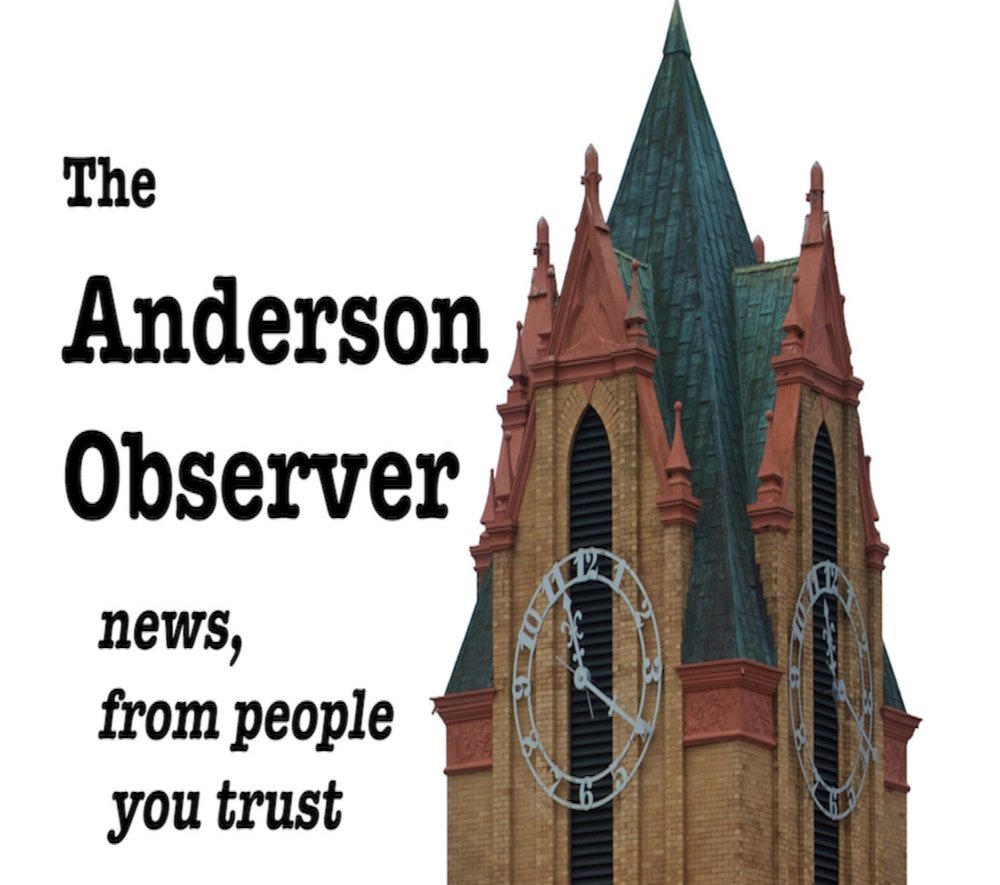West Pelzer Police Chief Exemplifies Community Policing
Greg Wilson/Anderson Observer
This week offered a shining example of what good police work looks like.
While on patrol Wednesday afternoon, West Pelzer Police Chief Scott Stoller attempted to stop a vehicle going more than 40 miles per hour over the posted speed limit.
The vehicle did not initially stop, but eventually pulled into a gas station at the corner of S.C. 20 and S.C. 8 where Stoller approached the driver to explain why he was being pulled over.
The driver became irate, and a struggle ensued, leading to Stoller being punched and knocked to the ground as the suspect drove away. Stoller said the use of a Taser was ineffective in the struggle.
The suspect was arrested Thursday afternoon and charged with assaulting a police officer, resisting arrest, second degree assault and battery, reckless driving and speeding.
This incident offers both a reminder of how dangerous the work of law enforcement is, and a shining example of one of their brightest and best keeping cool in a heated situation and responding with wisdom gained from 20 years in the field.
The more than 600 men and women across Anderson County who leave home every day know the risk they are taking, and face often hostile situations that can require split-second decision making. The Anderson County Sheriff’s Office now provides training to potential officers offering real-time simulation on many potential situations they will face as officers to test their aptitude for the job.
National news has shined glaring lights on those who wear the badge who have reacted inexcusably, and that attention is deserved. The job is too important to allow those ill-suited to wear the uniform on the streets.
But too little is said about those, like Stoller, who exercised restraint and trusted the system to make things right. He could have easily pulled his service weapon and fired upon his attacker, during or after the altercation, or initiated a high-speed chase. Instead, he trusted the instincts of his experience and training, and as a result the suspect was apprehended with no collateral damage.
While high-speed chases must remain a necessary tactic available to law enforcement, it is a tactic that should be reserved only in rare cases, such as pursuing an armed, violent offender who is clearly a risk to the public. Nationwide, over the past 40 years, more than 5,500 innocent bystanders and passengers have died in non-critical police chases. Technology is now available to tag GPS trackers onto fleeing vehicles allowing their tracking and making escape unlikely. And training is already in place locally and in other places on safe and tactical driving and decision making when it comes to pursuits.
Nothing can replace experience, however, and that is why it’s important to thank officers like Chief Stoller for their commitment to community policing, something that has been a critical part of his work in West Pelzer.
As the call for sensitive and responsible police response continues to grow, Stoller initiated a new program aimed at preparing law enforcement officers to respond when a call involves someone with autism. The West Pelzer Police Department Autism Responder Alert Program provides training, introduction of officers to those with autism in the community and the distribution of Responder Alert stickers for families to place on the doors to alter officers and other public safety officials arriving on the scene, to foster greater awareness by our officers for dealing with those individuals on the autism spectrum to ensure that their actions or reactions are not misinterpreted, and to meet with families. “Those on the autism spectrum sometimes require a slightly different approach, if we know that we are possibly encountering an individual on the spectrum, it will help us adjust quicker and provide better service,” Stoller said when he kicked off the program.
So, his seasoned response in a dangerous situation this week was no surprise to those of us who know the chief. It’s in his professional DNA. And he is a genuinely good guy. The chief survived this week’s event with bruises and soreness, but let’s hope the other memory he carries from this experience is a grateful community. His information is easy to find online, so send him a word of thanks and encouragement for his exemplary work.
And remember when you see him or his fellow officers out in the community, just how dangerous their work can be, and tell them you recognize and appreciate their decision to choose to serve and protect.
